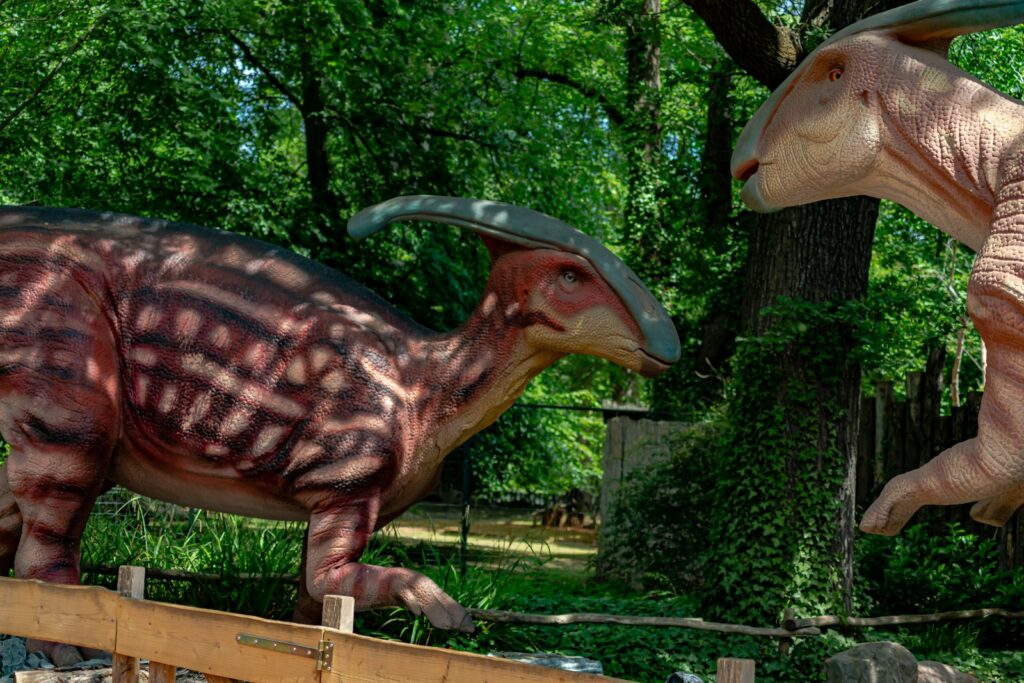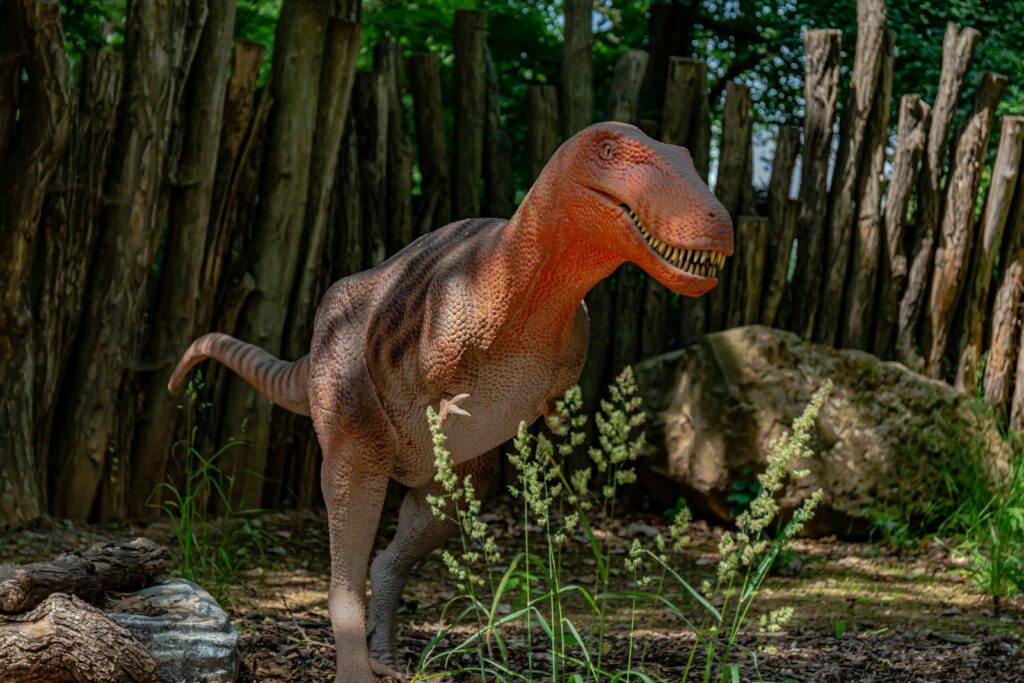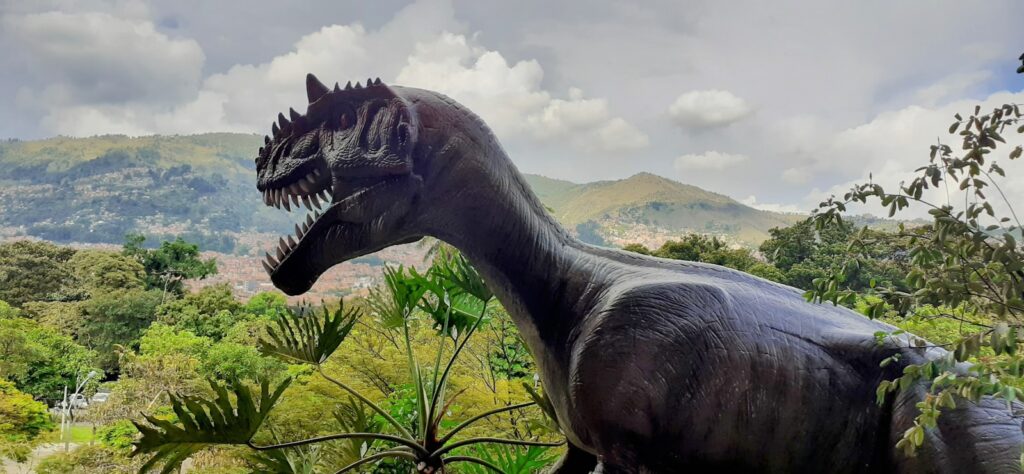Theories on Dinosaur Intelligence – How Smart Were They?
When we gaze upon the fossilized remains of dinosaurs in museums, it’s difficult not to wonder about the cognitive abilities of these magnificent prehistoric creatures. For decades, scientists have debated the intellectual capacities of dinosaurs, trying to piece together clues from fossil evidence, comparative anatomy, and behavioral inferences. Recent discoveries have challenged long-held assumptions that ...













